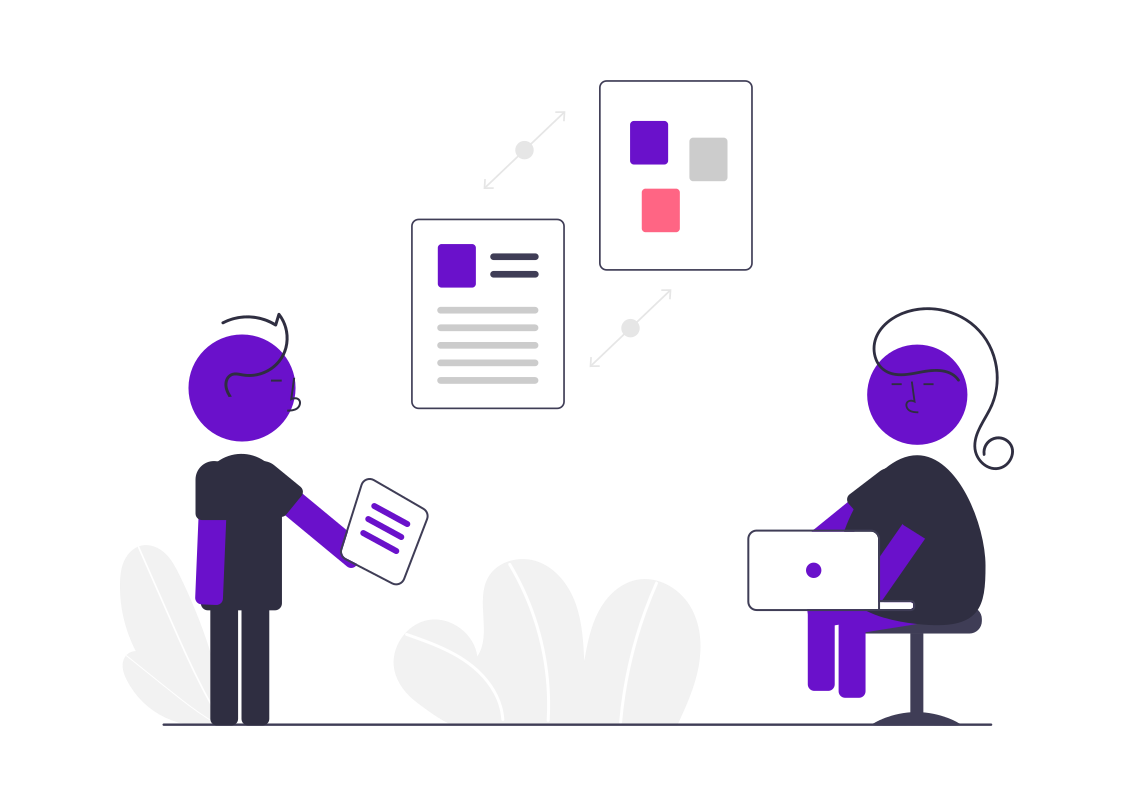In today's competitive digital marketing landscape, leveraging personalization and customization is crucial for optimizing customer engagement and driving revenue growth. While both approaches aim to deliver tailored experiences to users, they are distinct strategies that, when combined effectively, can transform your marketing efforts. This blog explores the nuances of personalization and customization, their unique benefits, and how integrating both can yield optimal results.
Understanding Personalization and Customization
Personalization involves using data and algorithms to deliver individualized experiences to users. This could include personalized email content, product recommendations, and dynamic website content that changes based on user behavior and preferences. The core idea is to create a unique experience for each user based on their past interactions, demographics, and real-time data.
Customization, on the other hand, empowers users to tailor their experiences according to their preferences. This approach often involves providing options or tools that allow users to select what is most relevant or appealing to them. Examples include customizable dashboards, user-selected content categories, and adjustable product configurations.
The Benefits of Personalization
-
Enhanced User Engagement: Personalized content is more relevant to users, increasing the likelihood of engagement. Whether it’s personalized emails or web content, users are more inclined to interact with material that resonates with their interests.
-
Improved Conversion Rates: By addressing individual preferences and needs, personalized marketing strategies can significantly boost conversion rates. Personalized product recommendations, for instance, often lead to higher purchase rates.
-
Increased Customer Loyalty: Personalization fosters a stronger connection between the brand and the customer. When users feel understood and valued, their loyalty and lifetime value to the brand increase.
-
Data-Driven Insights: Personalization relies on data, which means that businesses can continually gather insights into customer behavior and preferences, refining their strategies over time.
The Benefits of Customization
-
Empowered Users: Customization puts the control in the hands of the users, allowing them to shape their experience. This empowerment can lead to higher satisfaction and a stronger sense of ownership.
-
Flexibility and Control: Users can adjust their experiences based on their immediate needs and preferences, making interactions more relevant and timely.
-
Enhanced User Experience: When users can customize their interactions, the user experience becomes more seamless and enjoyable, reducing friction and improving overall satisfaction.
-
Better Engagement Metrics: Customization can lead to more meaningful engagement metrics, as users who actively shape their experience are more likely to be invested in the content or product.
Integrating Personalization and Customization
While personalization and customization offer distinct advantages, integrating both can amplify their benefits. Here are strategies to effectively combine these approaches:
1. Use Personalization to Inform Customization Options
Leverage personalized data to present customization options that are most relevant to each user. For example, an e-commerce site can use past purchase history to suggest specific customization features that align with the user’s preferences.
2. Dynamic Customization Interfaces
Create dynamic interfaces that adjust customization options based on user behavior. A personalized dashboard, for instance, can offer customization widgets that change according to the user’s most accessed features or recent activities.
3. Personalized Recommendations for Customizable Products
For products that offer customization, provide personalized recommendations to guide users through the process. Suggesting popular or complementary options based on user data can enhance the customization experience and drive conversions.
4. Personalized Onboarding Experiences
When users first interact with a customizable platform, use personalized onboarding to highlight the features and customization options most relevant to them. This tailored introduction can improve user adoption and satisfaction.
5. Feedback Loops for Continuous Improvement
Implement feedback mechanisms to gather user input on both personalized and customized experiences. Use this data to continuously refine your strategies, ensuring they evolve with user preferences and behavior.
Best Practices for Seamless Integration
To successfully integrate personalization and customization, consider the following best practices:
-
Data Integration: Ensure your data systems are integrated to provide a comprehensive view of user behavior and preferences. This integration is crucial for delivering seamless personalized and customized experiences.
-
User-Centric Design: Prioritize the user experience in both personalization and customization efforts. Ensure that the processes for customizing experiences are intuitive and that personalized content adds genuine value.
-
A/B Testing and Analytics: Regularly test different personalization and customization strategies to determine what works best. Use analytics to track the performance and make data-driven adjustments.
-
Transparency and Control: Be transparent about how user data is used for personalization and offer users control over their data. Providing options for users to manage their preferences can build trust and enhance the user experience.
Conclusion
Integrating personalization and customization can significantly enhance user engagement, satisfaction, and conversion rates. By leveraging the unique strengths of each approach and combining them effectively, businesses can create highly tailored experiences that resonate with users on a personal level. In a world where consumer expectations are continually evolving, the ability to deliver personalized and customizable interactions is a powerful differentiator that can drive long-term success.


